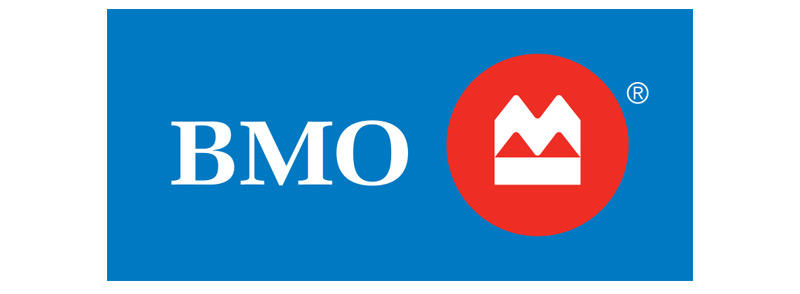Value of data
Data as an asset
The concept of assigning financial value to data is not new. Back in 2017, Bill Schmarzo, former CTO of Dell EMC and recognized educator and practitioner of Big Data, authored a paper, “Applying Economic Concepts To Big Data To Determine The Financial Value Of The Organization’s Data And Analytics, And Understanding The Ramifications On The Organizations’ Financial Statements And IT Operations And Business Strategies.” In that paper, Schmarzo advocates for corporations to quantify the value of their data similar to other assets in their financial books.
However, unlike certain assets such as real estate that has its own value regardless of how it’s used by the business, Schmarzo brought up the point that “the kinetic value of data is not realized until the analytics are put into motion…”
In 2023, Information Technology and Innovation Foundation (ITIF) published an article, “Data Is Not Oil, Bacon, or Gold: An Actual Measure of Data as an Asset.” It reiterated the point that data is similar to resources like oil in that it does not provide value to a business in and of itself. Data needs to be used in a productive way in order to generate value. But unlike finite resources such as oil, data can be used and reused infinitely to generate additional value in every use.
Data is not free though. Corporations invest heavily in their data ecosystem. According to Fortune Business Insights, the global enterprise data management market size was valued at USD $101.04 billion in 2024, with a Compound Annual Growth Rate (CAGR) of 11.8 per cent, growing to USD $243.48 billion by 2032. And this is just for the technology powering the data!
To make the most out of the investment, corporations need to encourage all employees to be innovative in deriving business value from the data while ensuring ethical use and adherence to applicable privacy legislation and organizational data governance policies.
Determining the value of data
On the operations side, it is sometimes easier to directly attribute financial results to data initiatives. For example, around 2017, General Electric (GE) used data to develop predictive maintenance. They reported saving nearly $12 million annually after implementing predictive maintenance across its power plants.
How about marketing? Many marketers are already savvy data users. We use data from research to gain insights into our customers and prospects to create our plans. We use data available through various media platforms to find our target groups and show them the right messaging. We use data to segment our target customers to personalize their communications. And the list goes on.
Answering the following question can be tricky though: “How much value does data add to the business through marketing?”
Data can be so ingrained in the marketing process that it’s impossible to isolate its contribution. Even if we look at attribution models for guidance, there is not necessarily one “right” answer. Marketing professor and consultant, Mark Ritson, spoke about the impact of marketing often being indirect and delayed. But all is not lost. There are some situations where we can explicitly measure how much value marketers have derived from the data available to them.
Let’s look at some examples of how brands have creatively used data in their marketing to generate business value.
Glow Cosmetics
One of the simplest data-driven marketing programs may be a birthday program. Glow Cosmetics, a natural skincare and cosmetics brand, took it one step further. Glow started collecting birthdays through their ordering process and promotional landing pages. The smart twist to this birthday program was that the birthday offers were dynamic based on business seasonality. During slow sales seasons, the discount level increased with bonuses like additional free shipping, exclusive product access and extended offer redemption window. Glow’s annual sales increased by 22 per cent with the launch of this program.
Flora Food Group
Flora Food Group (formerly Upfield) is a food company that owns multiple brands of plant-based products. In the United States, they own some of the best-selling brands of margarine/plant-based butter such as Country Crock and I Can’t Believe It’s Not Butter. Flora was no stranger to media plans that use in-platform and costly third-party data to find new customers. They realized they were sitting on a gold mine of existing data – their opt-in email marketing database. They profiled their base by collecting both zero-party data using interactive quizzes and first-party data using digital behaviour. Flora used their email subscribers who most closely resembled their target market as the base for look-alike audiences on various media platforms. This simple switch in how media audiences were created resulted in over $1 million in media efficiencies in a year.
L'Oréal
L’Oréal is the world’s largest beauty company. In a pilot in Taiwan, they fed an AI model with their anonymized first-party data combined with website data to identify consumers who were likely to purchase at a physical store. They re-targeted this group of consumers with specific ads that drove offline action. To increase the reach, they used this “likely-to-purchase-at-a-store” audience as the base for a look-alike audience and targeted them with ads to drive in-store conversions. From these data-driven targeting campaigns, offline revenue more than doubled. This predictive targeting approach was so successful that L’Oréal is replicating this around the globe.
Quantifying your data asset
As we can see from these examples, small businesses to multinational brands can leverage data as an asset in their marketing and derive quantifiable value from it. If we as marketers were to start treating data as an asset on the company’s balance sheet, it would naturally prompt us to consider two things:
- Data ownership: Marketing often uses data we do not own, such as third-party research and media audiences native to specific platforms. Marketers should consider ways to make third-party data more ownable in order to grow incremental value over time. In the above case studies, the brands captured data, whether it’s anonymized web traffic or explicit email opt-in, then used the captured data to derive incremental value through future marketing programs.
- Creative data usage: Just as new creative is important to capture our customers’ attention and connect them to the brand, new data usage is important to generate additional value from the data asset we already maintain. Brands in the above case studies all pushed the boundaries of data usage to solve their business problems – smoothing out cyclical sales seasons with dynamic birthday offers, saving on third-party data fees by profiling CRM audience, and driving offline sales with online ads. There is always a new use of our data waiting to be discovered.
How much is your data asset worth on your balance sheet? And how are you increasing the value of your data asset next year?
Author: Margaret Ngai, Head of Analytics and Technology, RI



































